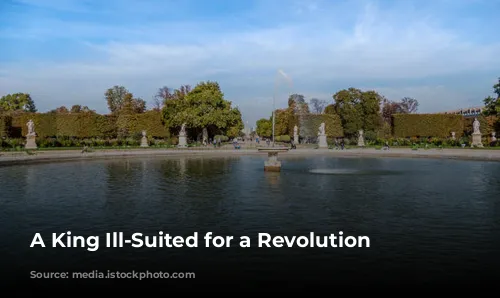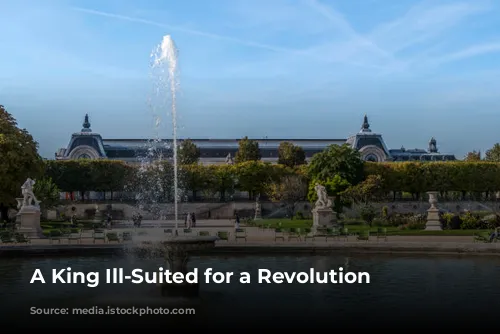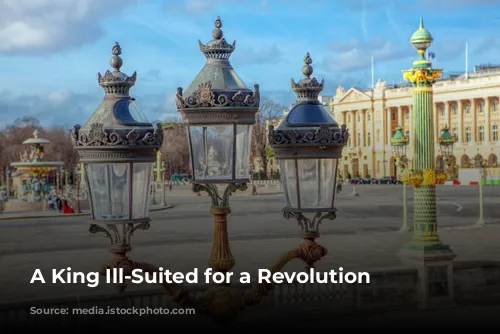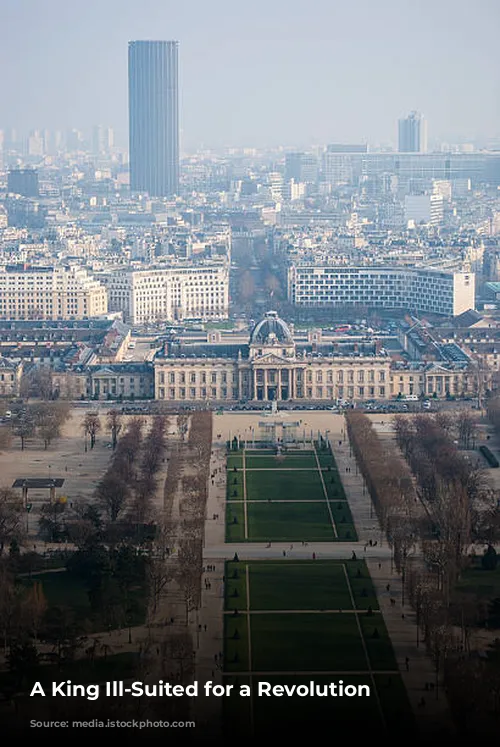Louis XVI, the 19th-year-old successor to his grandfather, Louis XV, ascended the throne in 1774. He married the 14-year-old Austrian princess Marie-Antoinette at the tender age of 15. However, Louis, riddled with self-doubt, concealed his insecurities behind an aloof demeanor. His inability to consummate the marriage added to his inner turmoil.
This section provides background information on Louis XVI and his early life, highlighting his lack of confidence and his marriage to Marie-Antoinette.

The Storming of the Bastille: A Symbol of Upheaval
The French Revolution erupted in July 1789 when an angry mob stormed the Bastille, a fortress symbolizing royal authority. This event marked a turning point, signifying the Parisian people’s determination to overthrow the monarchy. The deputy mayor of Paris declared, “The city has conquered its king.” The royal family’s authority was steadily eroded, forcing them to evacuate to the Tuileries Palace after an attack on the Palace of Versailles in October 1789. The once-powerful monarchs now felt imprisoned within their own capital.
This section describes the beginning of the French Revolution and the events leading up to the royal family’s flight from Paris.
A Desperate Escape: A Journey into the Unknown
In 1791, Louis and Marie-Antoinette decided to escape Paris, believing that the countryside held loyal subjects. Their aim was to reach Montmédy, a town near the Austrian Netherlands, where they could seek refuge with royalist troops. This daring plan was orchestrated by Axel Fersen, a devoted admirer of Marie-Antoinette and a Swedish officer in the French army.
This section outlines the royal family’s plan to escape and introduces the key figure, Axel Fersen, who played a pivotal role in their escape attempt.
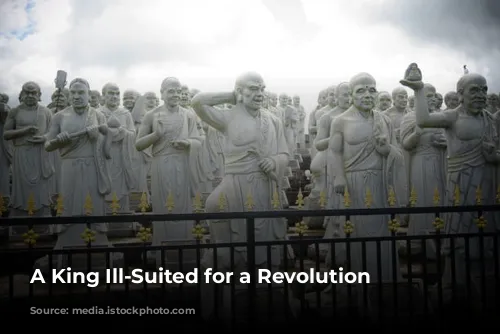
A Fatal Miscalculation: The Wrong Coach
Fersen initially proposed using light carriages for their 200-mile journey to Montmédy. He suggested the king and queen travel separately for speed. However, Marie-Antoinette insisted on remaining together. As a result, they traveled in a large, heavy coach pulled by six horses, significantly slowing their progress. This decision proved to be a critical error in their escape attempt.
This section details the royal family’s chosen mode of transportation and the critical error they made in choosing a heavy coach, delaying their journey.

A Recognized Queen: The Fatal Encounter
Louis XVI, fearing an ignominious escape led by a foreign soldier, refused to let Fersen accompany them for the entire journey. Fersen left them to continue their journey, changing horses at various points along the way. But time was running out. The news of their flight had reached the town of Sainte-Menehould, and the national guard was alerted.
This section describes Louis’s decision to continue without Fersen and the unfortunate timing of their escape.

The King’s Identity Revealed: A Fatal Confession
The local postmaster, Jean-Baptiste Drouet, recognized Marie-Antoinette from his time in the army. He confirmed the king’s identity by comparing the ‘valet’s’ face to an image on a currency note. Drouet alerted the authorities in the next stop, Varennes, where the royals arrived. An elderly citizen, recognizing Louis, instinctively bowed, forcing the king to acknowledge his identity.
This section focuses on the crucial recognition of Marie-Antoinette and the subsequent confirmation of Louis’s identity, marking the end of their escape attempt.
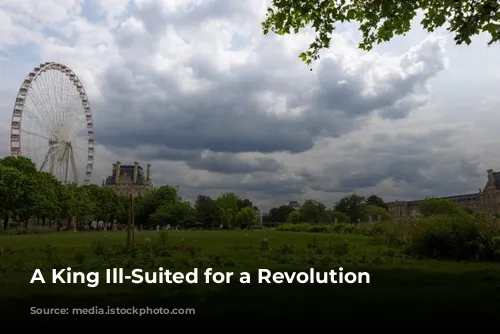
The King’s Downfall: A Return to Paris, a Republic’s Rise
The royal family was apprehended and sent back to Paris, accompanied by a vast throng of national guardsmen and armed citizens. Louis, acknowledging the loss of his authority, uttered the grim words, “There is no longer a king in France.” Rumours circulated of Austrian involvement in the royal escape, leading to the storming of the Tuileries Palace in August 1792.
This section describes the royal family’s return to Paris and the subsequent events leading to the end of the monarchy and the establishment of the French Republic.
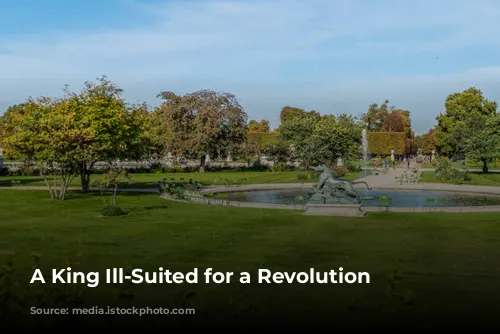
The King and Queen’s Execution: A Tragic Ending
The royal family was imprisoned and accused of treason. Louis XVI and Marie-Antoinette were both found guilty and condemned to death. Louis was executed by guillotine in January 1793, and Marie-Antoinette met the same fate in October of the same year. This tragic ending marked the end of an era, ushering in a new chapter for France.
This section concludes the story with the tragic executions of Louis XVI and Marie-Antoinette, signifying the final chapter of the monarchy and the birth of a new republic.
